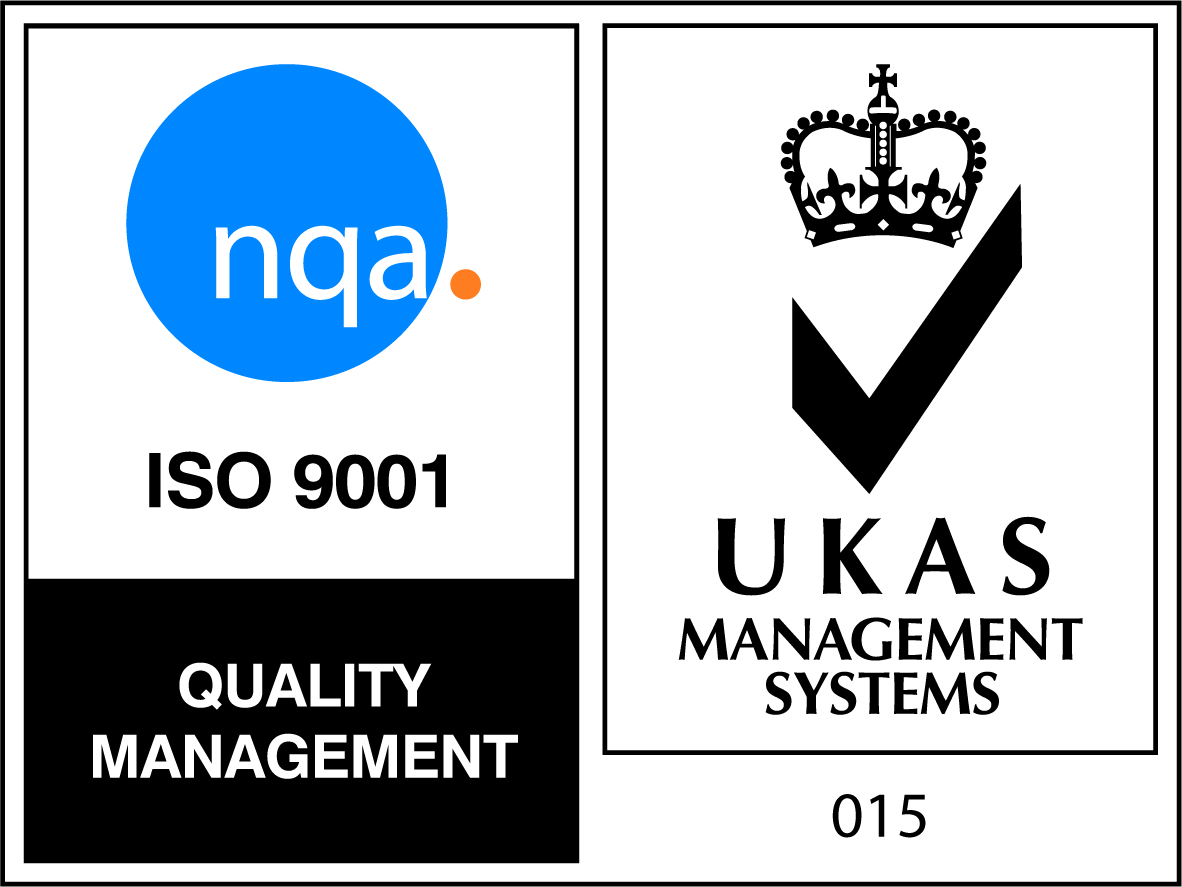Warehouse Operatives work in a variety of warehouse environments. Work activities include taking deliveries, checking for damaged/ missing items, storing goods, moving stock by various methods, picking/packing orders, loading goods for dispatch, maintaining stock records and documentation, and cleaning.
They are required to safely use a range of equipment, machinery and vehicles, as relevant to their role and setting. This could include mechanical racking systems, materials handling equipment (MHE) or fork lift trucks. Warehouse Operatives communicate with a wide range of people and customers. They have a passion to meet customers’ expectations by providing a quality service that encourages repeat business. Individuals in this role are highly competent in using industry-recognised systems and associated services (eg Traffic/Warehouse Management Systems) and will be able to work under pressure to tight deadlines.
All learners will complete both on and off the job training elements for this Standard and at the end of their programme will not only complete their Level 2 Apprenticeship in Supply Chain Warehouse Operative learners will also gain a Level 2 Certificate in Warehouse & Storage. Dependent upon prior qualifications learners may also need to complete functional skills in English and Mathematics.
For the off the job training element, it is compulsory that learners attend centre to achieve knowledge, understanding and competence in the following subjects:
For the Level 2 Certificate in Warehouse & Storage have the following subjects to select from subject to their individual requirements, qualification requirements and correlation to their job role:
Demonstrate integrity, credibility, honesty, positivity and personal drive in every aspect of their role; demonstrate a belief in the services that the organisation offers.

